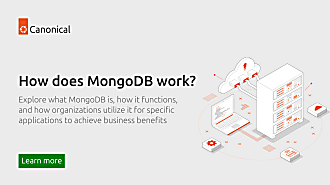Amrisha Prashar
on 16 October 2015
In March we held a competition that asked participants to create their best version of a Unicorn Origami to celebrate our design theme for the Ubuntu Phone. With the upcoming launch of 15.10, we’d love to see your best version of Wily Werewolf using your Origami skills.
The following pdf can help you design your creations! Instructions Origami Wily Werewolf
Then all you’ll need to do once complete is:
– Take a photo of your design
– Upload to Twitter
– And use the hashtag #OrigamiWerewolf
A member of our design team will judge the best based on creativity, complexity and design. The deadline is 11:59 on Wednesday 28th October and the winner will receive an Ubuntu E5 Phone! Happy creating.



